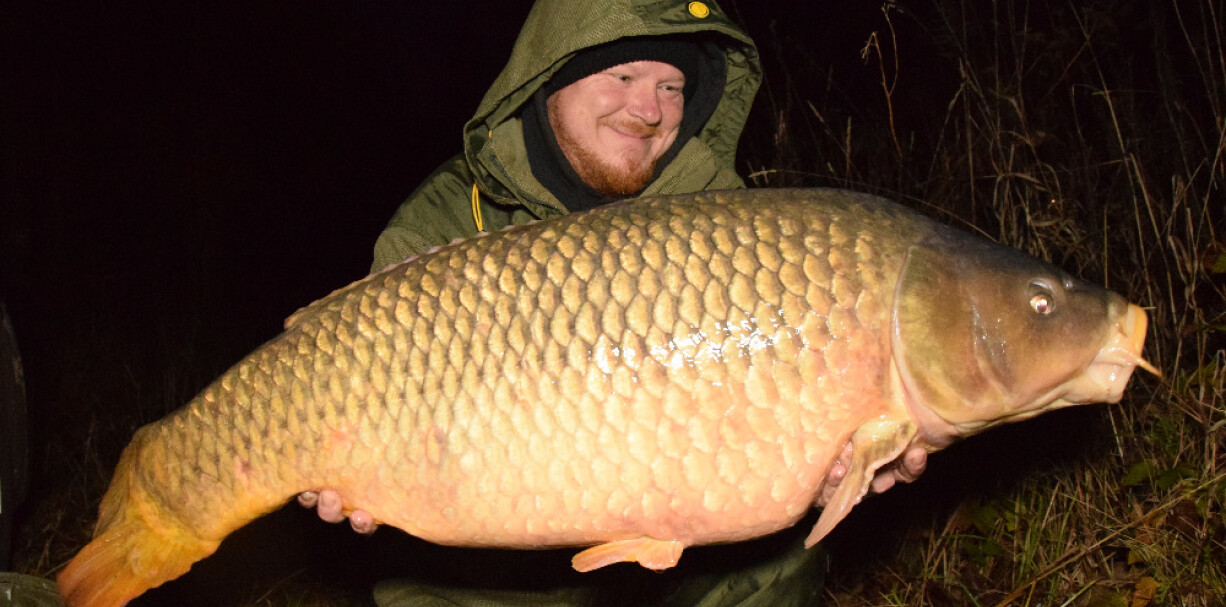I didn't expect any spectacular miracles, but on the other hand, I thought that some fish could be caught if I evaluated everything correctly. Of course, I had no idea that I would experience several life catches, and I was in for an even bigger surprise. In the following lines, I would like to describe to you the way in which I achieved fairly good results, and perhaps you will gain some insight from this article.

It comes down to this: So the decision was made and I wanted to start focusing on a location that I know from the past and which for certain reasons I haven't fished in a year. If I have a long-term plan, when it comes to feeding later in the year, I definitely always bet on water that I already know something about. It is important to know the behavior of carp or, if you prefer, their habits at certain times of the year. I wanted the fish to start taking the regularly fed spot as something where food was naturally occurring and I wanted to be successful from such a spot until the end of the season and if the weather allowed for some time longer. With this I approached the selection of free feeding that I decided to use. At first glance and from the level of long-term feeding, it would be recommended to bet on the most expensive boilie, which will certainly work.

However, my approach was a little different. I relied on some of the experience that I have gathered in the direction of carp fishing over the many years and I clearly concluded that a combination of different types of boilie would be the right option. I clearly bet on a type of boilie from the Easy catch range, specifically the Octopus flavor, which turned out to be very effective even though it is a lower range. I have achieved very good results with this boilie even in larger feeding campaigns and I trust it completely. Perfect for the cooling water in terms of functionality and speed. I consider its purchase price as a bonus, which is quite favorable and, of course, absolutely essential for long-term feeding. However, so that it wasn't just about one species and that the fish occasionally came across something more nutritionally valuable, I mixed the already mentioned boilies with another one from the Champion Platinum series, specifically with B17. The 4:1 ratio was spot on and I believed that in the long run the fish would accept free feeding without the slightest problem. Before I went on my first walk, I pre-fed the selected place three times during the week, with an amount of two kilograms of bait mix.

After a week I went out for the first time. In general, it was always a walk, when I devoted myself to hunting for about seven or eight hours. I usually arrived before dusk and hunted for about four hours and had three hours to hunt in the morning before leaving for work. I tried to always pre-feed the area at the same time, when I knew from the past that the fish would start to accept it after some time, and it was during the feeding time that the best pieces could arrive. Upon first arriving at the water I decided to cast with only a PVA stocking without any free feeding. The day before the hunt, the place was attacked quite a lot and I wanted to know if the fish were in the feeding area. I used faster dissolving things for PVA, namely boilie B17 in the Proactive variant and Krill pellets from the Extreme series.
To be continued!
